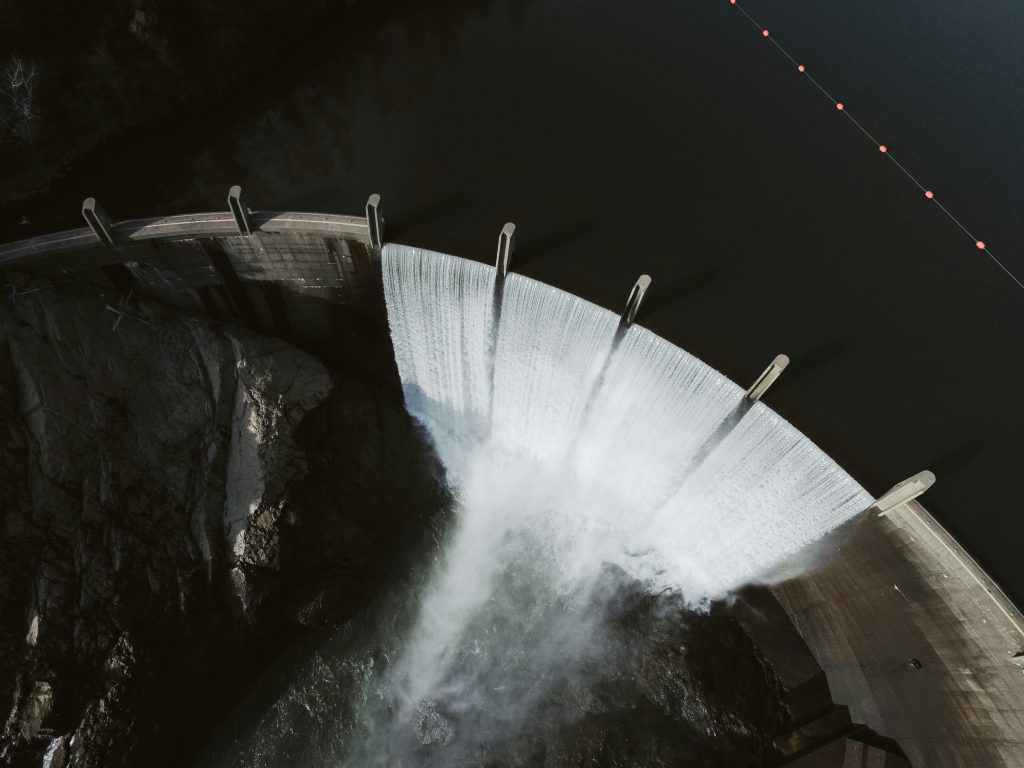Unveiling the Myths: The Truth Behind Hoover Dam’s Construction Tales
Throughout its construction from 1931 to 1936, the Hoover Dam, initially known as the Boulder Dam, stood as a monumental project of the Great Depression era. This massive arched concrete structure, towering at over 725 feet and spanning 1,244 feet in length, came with a significant human cost, leading to over 100 recorded fatalities. This staggering death toll has fueled rumors and myths, particularly the chilling notion that workers were entombed within the dam’s vast concrete walls.

Debunking the Hoover Dam Legends
The rumor that construction workers were buried within the Hoover Dam has persisted over the years. Given the perilous nature of the construction work, which included risks from drowning, explosions, rockslides, and falls, it’s understandable why such tales emerged. However, the logistics of the dam’s construction process offer a clear rebuttal to these grim narratives.
The Hoover Dam consists of approximately 4.5 million cubic yards of concrete, divided into large blocks or sections. These segments required hours to dry and set, providing ample time for any worker who might have stumbled to safely exit the structure. Furthermore, construction protocols and engineering standards aimed to ensure that no person, dead or alive, would be left within the concrete. Beyond the human tragedy, the presence of a body would pose a significant structural risk over time. Organic material decomposes, potentially creating air pockets that could undermine the concrete’s integrity, posing a risk to the dam’s overall stability.
Misplaced Myths: The Fort Peck Dam Incident
A likely source of confusion contributing to the Hoover Dam body burial myth may be traced back to a contemporary project, the Fort Peck Dam in Montana. Unlike the Hoover Dam’s concrete structure, the Fort Peck Dam was the world’s largest earth-filled dam at the time. Tragically, during its construction, a catastrophic slide occurred on September 22, 1936, resulting in eight workers being buried under the debris. Only two bodies were recovered, embedding the incident in public memory. The geographical and contextual distance between these two projects may have led to the conflation of stories and the spread of inaccurate legends associated with the Hoover Dam.

The Verdict on the Hoover Dam Myths
In conclusion, while the construction of the Hoover Dam was indeed marked by a high death toll due to the hazardous nature of the work, the enduring myth that bodies were buried within its concrete is unfounded. Rigorous engineering practices and the physical properties of concrete itself would have prevented such a scenario. The real story of the Hoover Dam is one of human endeavor, technological achievement, and the sacrifices made in the pursuit of progress. While it’s natural for myths to arise from historical events, especially those as dramatic as the construction of such a landmark, it’s clear that the Hoover Dam holds no secret tombs within its vast, enduring structure.
